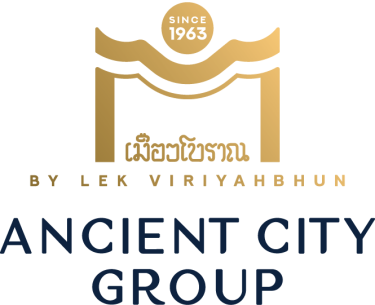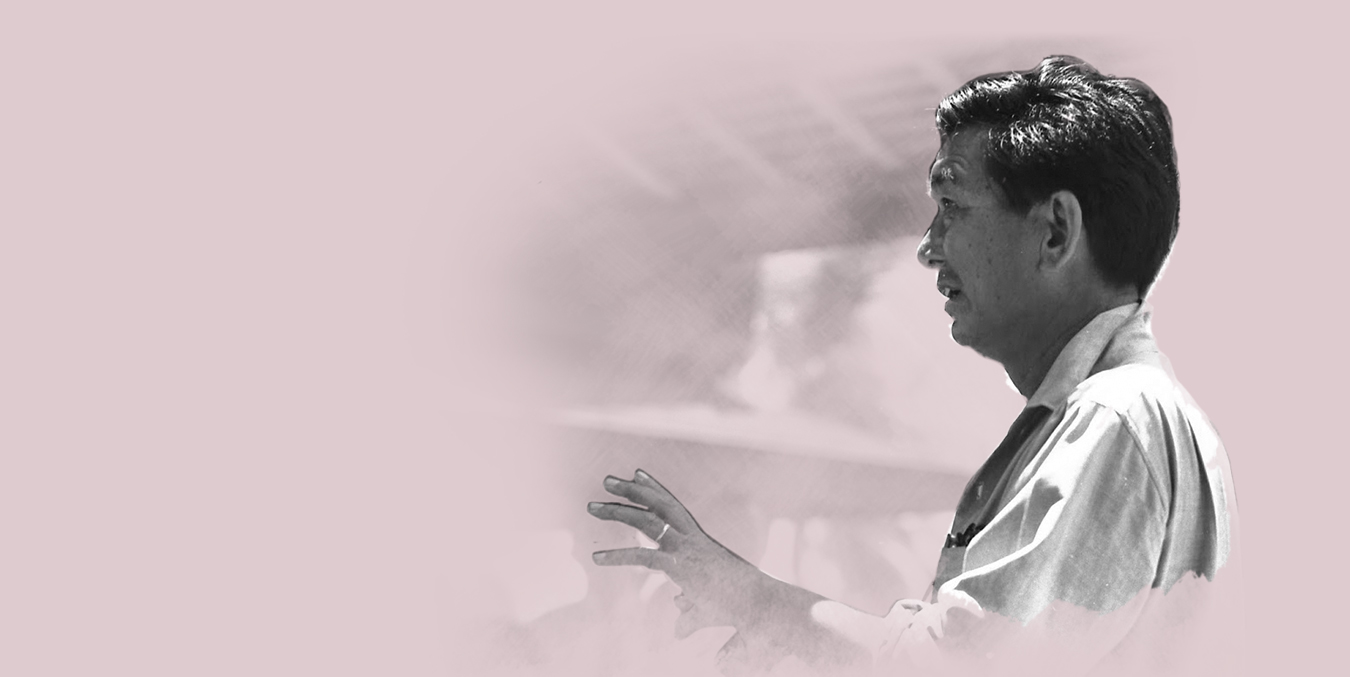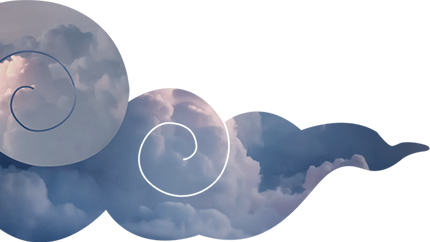
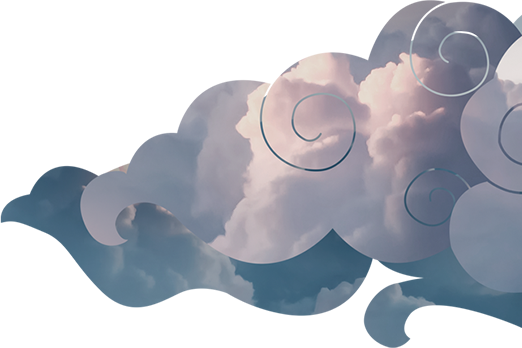
The Erawan Museum
Establishment
The Founder’s Intent
Since ancient times, Thai culture has constantly grown prosperous. It would have been meaningful for our past and present if the cultural splendor, through our knowledge and wisdom, could last forever.
The question is, why has such precious culture been undermined?
Is it because of people’s oblivion of their national culture, or are there other significant factors hidden behind?
After thinking thoroughly about this matter, it is obvious that Thai cultural prosper has gradually been wilting away because our cultural essence has never been properly acknowledged among modern people through proper means. We never have a proper way to make modern people thoroughly understand their cultural essence.
With rare opportunities to learn about the long-inherited culture, how can people appreciate and acknowledge it?
Being aware of this, we must take action right away and exert all efforts to support our cultural mission.
However, as the cultural scope is expansive, being composed of varied aspects including philosophies, beliefs, literature, arts, history, people, ways of living etc., we, therefore, are obliged to continue our mission determinedly and confidently.
Lek-Praphai Viriyahphant
Founder of the Ancient City Group
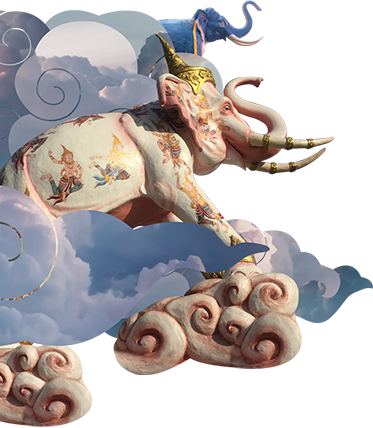
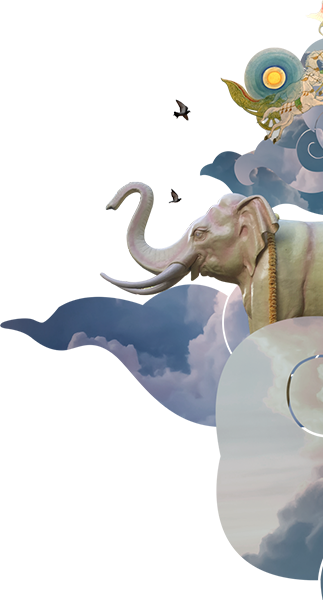

Objectives
1
To educate modern people on history because the past events are like a compass and a rudder for a vessel’s safe and smooth navigation.
2
To use arts heritage that have long been collected and unceasingly high in value as evidences of the spiritual development in Eastern societies where religions serve as a tool to sustain world peace.
3
To introduce to the world Asian traditions and cultures which also are used to instruct those who have been lost in scientific prosper which causes them to be materialism and worldly-minded.
4
To make known the founder’s wish to make the Erawan Museum the heritage of humankind that will eternally remain.
The Founder's Biography
Mr.Lek and Ms.Praphai Viriyahphant
The Founder of The Ancient City,
Sanctury of Truth, and Erawan Museum
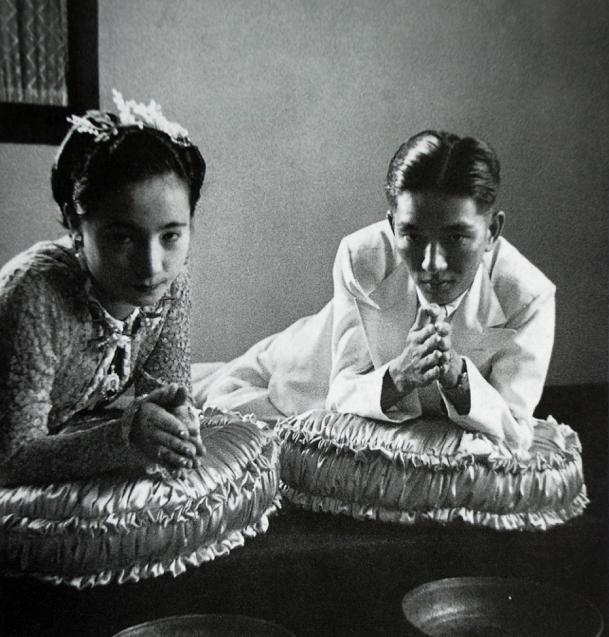
Mr.Lek and Ms.Praphai Viriyahphant
During the Wedding
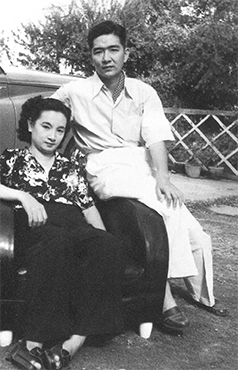
Mr.Lek and Ms.Praphai Viriyahphant
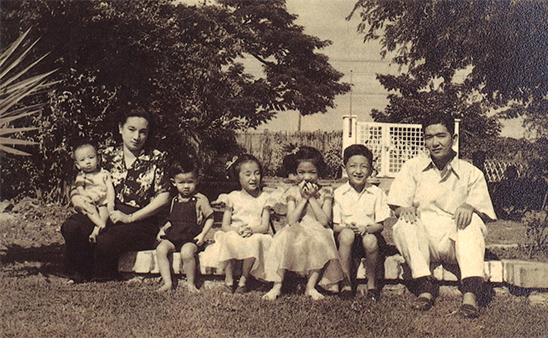
Mr.Lek and Ms.Praphai Viriyahphant with their children
Mr.Lek Viriyahphant passed away of old age on 17 November 2000, and for all his contributions, he received a royal acclaimed during his burial ceremony.
Although Mr.Lek and Ms.Praphai Viriyahphant are gone, their children and grandchildren are always continuing their works.
From the Ancient City, Sanctuary of Truth, and the Erawan Museum, their legacy have always been under meticulous care until today.
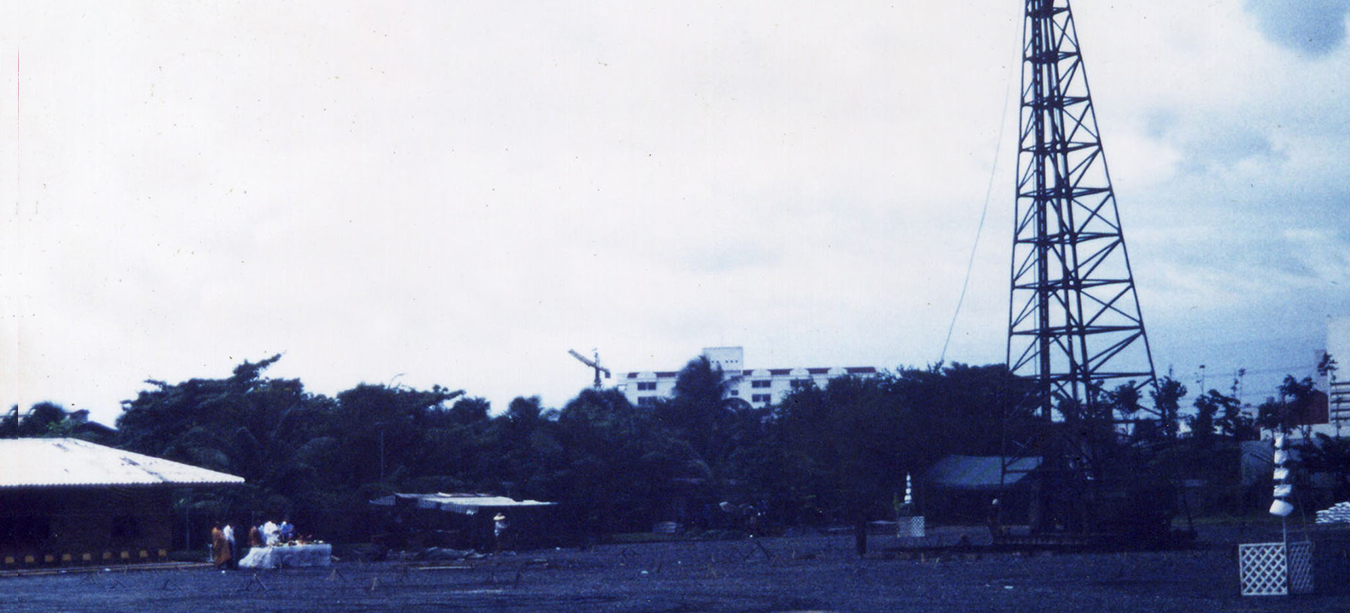
About The Erawan Museum and Construction Period
A Brief History of The Erawan Museum
The construction of The Erawan Museum begins with a sketch from the paper. Mr.Lek then commission the craftsmen of the Ancient City to build a model out of clay, then he contacted the architect to build the structure of the building many times, using various technologies and materials, including fiber, foam, and bee's wax.
The Erawan Museum held a ceremony of erecting the memorial stone on 17 July 1995, 10 years was spent for the building process. The elephant body was 29 meters in height, the structure of the body and the head was made from the H and I shaped iron, similar to weaving. The side was made from a 10 parabola iron structure. While the most difficult part to create was the head of the elephant, since it was protruding without any pillar's support. The architects and engineers who designed it have to come up with a complex system to pull the weight of the head part to be transferred to the four legs. Then the four elephant legs then are supported by the concrete below. The building that took the weight is 14.6 in height, the structure was made from iron and concrete. The weight of the whole elephant was then dispersed around the outer ring and the roof. The whole building is 43.6 meters which are equivalent to 14 floors building. The width of the building is 12 meters and the length around 39 meters, the weight of the elephant is 150 tonnes and the weight of the head itself is 100 tonnes.
The process of putting together the head of the Erawan Museum started from the lower level when the iron structure was done, craftsmen then put the copper sheet on by one of the structure. For accuracy everything is taken off then numbered, then the crane will lift the structure and the copper sheets are then again attached to the structure in the air. The bronze sheets lined all of the exteriors of the Erawan Museum, the thickness is around 1.2 mm and the size is all different, starting from 4x8 ft to the smallest one that is hand-sized. Everything was put together by hand, ten of thousands of pieces of copper sheets were put together. This also makes Erawan Museum the first outdoor sculpture that is completely handmade using the copper sheet with the striking technique. It was finished and was opened to the public upon its completion in 2003.






